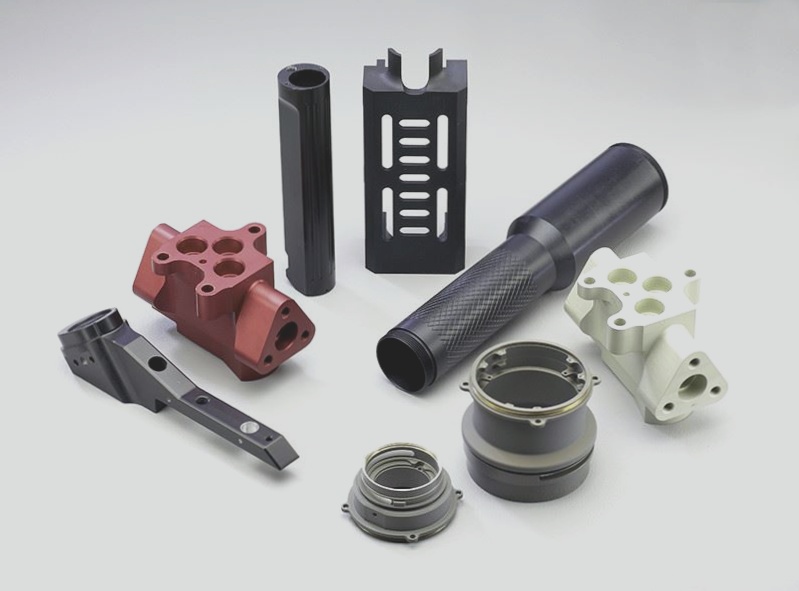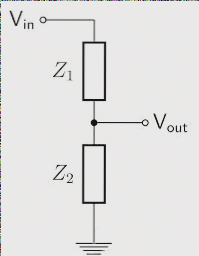PCB Board Cutting: A Crucial Step in PCB Design
The Significance of PCB Board Cutting
PCB board cutting is a vital process in PCB design, often overlooked due to its labor-intensive nature. Some designers view it as a non-technical task, but mastering the skills involved can save time and reduce workload.
Understanding PCB Board Cutting
PCB board cutting involves extracting schematic and board layouts from an original PCB to enable further development, such as component installation and circuit modification.
The Steps of PCB Board Cutting
- Remove all components from the original board.
- Scan the original PCB to create a graphic file of the board layout.
- Grind off the surface layer to reveal the intermediate layer beneath.
- Scan the intermediate layer to obtain another graphic file.
- Repeat the scanning and grinding process for each additional layer.
- Convert the graphic files into electrical relationship files using specialized software.
- Perform a final design check to ensure accuracy.
Essential Skills for PCB Board Cutting
The cutting of PCB boards, especially multi-layer PCBs, requires patience and attention to detail. Using the right software can streamline the process and improve accuracy.
1. A Scanner is Critical in the Cutting Process
Using a scanner is essential for converting graphic files into PCB files and simplifies subsequent inspections, reducing manual labor.
2. Grinding the PCB in One Direction
Grinding the PCB in one direction is crucial to prevent damage to layers. Two-way grinding can wear through layers and lead to inconsistencies.
3. Choose High-Quality Conversion Software
Reliable conversion software, like EDA2000, simplifies the process of converting scanned images into PCB files, saving time and effort.
If you require PCB manufacturing services, feel free to contact us.




